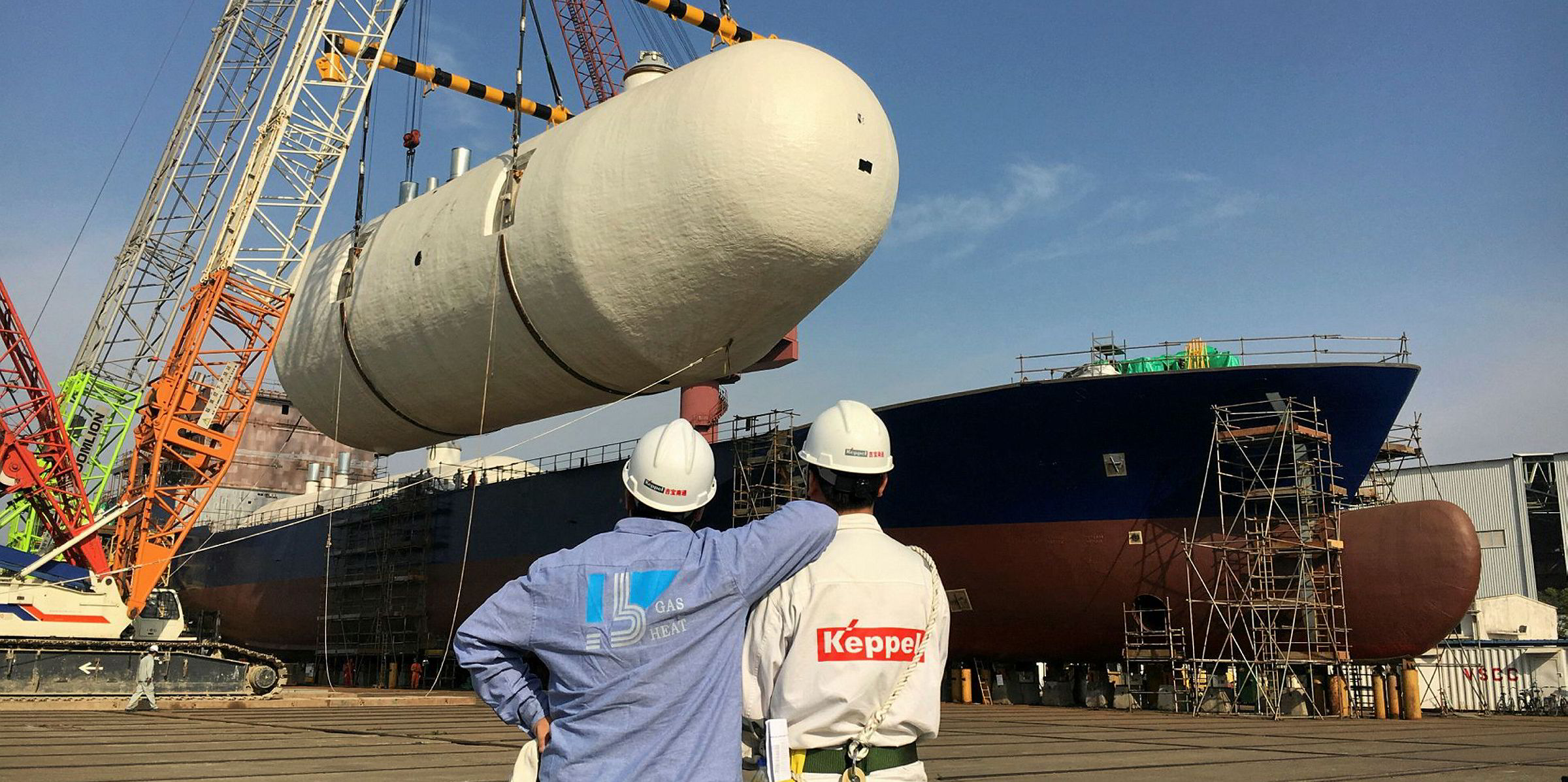A terminal fire in the US and a chemical tanker market stuck close to the bottom of the cycle have impacted results at Stolt-Nielsen.
The Oslo-listed shipowner today reported a second quarter performance below market expectations amid a positive outlook for improvements ahead in the tanker sector.
While analysts described the quarterly figures as soft, chief executive Niels G. Stolt-Nielsen said they were essentially unchanged from the first quarter as the chemical tanker market appears to have bottomed out.
“As far as the outlook is concerned, evidence of a definitive upturn in the chemical tanker market has yet to materialize, but deliveries of new tonnage into the market are slowing,” he said in a statement.
“With no further ships being ordered, the market is expected to turn.”
Stolt booked a profit of $3.6m in the quarter, below the $11m consensus forecast in the market.
On an operating level, adjusted EBITDA of $41m compared with the $45m forecast.
Nicolay Dyvik, an analyst at DNB Markets, described the results as "on the weak side".
Stolt Tankers, which saw an estimated $5m impact from a fire at the ITC terminal in the quarter, has seen operating profit fall by a quarter to $27.1m in the first six months of fiscal 2019.
It noted the drop was largely caused by lower COA freight rates combined with unrealised losses on bunker hedges.
“The slowdown in new chemical tonnage entering the market, supported by increasing chemical demand and positive movements in the product tanker market, should improve fundamentals in the chemical tanker market for the next few years and provide upward potential for freight rates,” the shipowner said.
Stolt-Nielsen added: “The implementation of the IMO 2020 regulations aimed at reducing sulphur oxide emissions is now less than six months away.
“As we have said repeatedly, it is economically unfeasible for the shipping industry to absorb these costs.
“While these regulations mainly impact Stolt Tankers, they also have implications for Stolt Tank Containers.
“We continue to maintain that customers and, ultimately, consumers must bear the costs imposed by these new regulations aimed at protecting the environment.”






